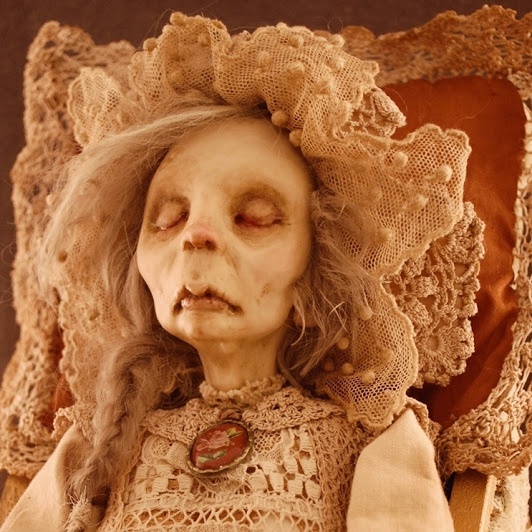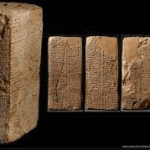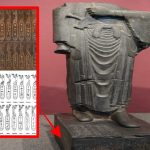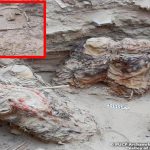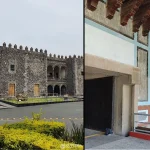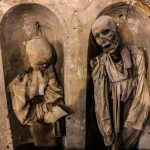Nobility of Medieval Catalonia Found at the Monastery of Santes Creus
As part of the restoration works of the Gothic cloister of the Royal Monastery of Santes Creus currently underway in Catalonia, archaeologists have uncovered the ‘totally unexpected’ intact remains of 8 skeletal bodies! The ‘exceptional discovery’ has been dated to the 13th and 14th centuries, with the intact sarcophagi corresponding to members of medieval Catalan nobility. Based on existing documentation, the team deduce that the tombs had already been looted and raided.
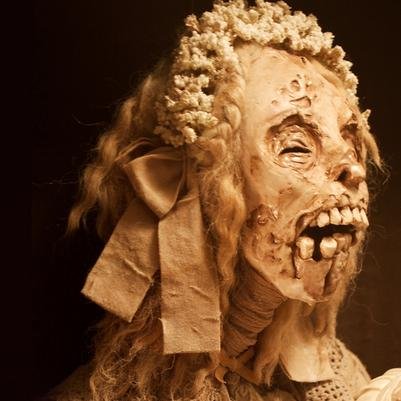
Bloodline in the Age of Spanish Feudalism: The Royal Families of Catalonia
The royals were buried in Santes Creus following King James II (also known as James the Just or James of Aragon) and his second wife Blanca d’Anjou, to turn the monastery into ‘a pantheon of Catalan royalty’ according to a press release by the Catalan Ministry of Culture. James was the King of Aragon and Valencia and Count of Barcelona from 1291 to 1327, amongst other titles held during his lifetime.
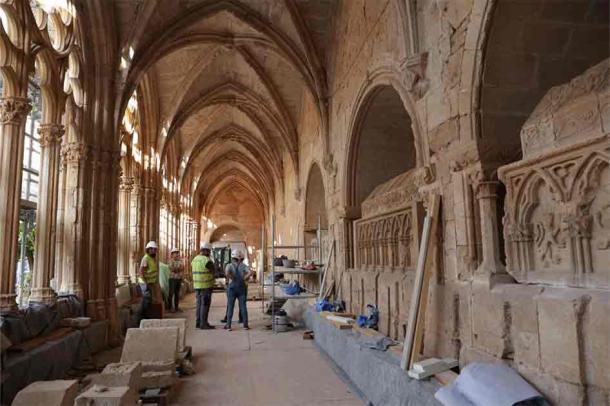
The restoration of the Santes Creus Monastery has revealed relics related to Catalan medieval history and the Cistercian order. (Department of Culture of the Generalitat of Catalonia)
Last April, archaeologists began restoration efforts at the Royal Monastery of Santes Creus. Their objectives included waterproofing the monastery’s roof and refurbishing its renowned tombs. In the process, they uncovered six stone sarcophagi embedded within one of the walls. This chamber, identified as the cloister, is renowned for containing the tombs of numerous noble families dating back to the 1300s, with imposing and intricately crafted stone coffins.
“In principle, there shouldn’t be human remains in such good condition inside the sarcophagi, because they should have been looted,” archaeologist Josep Maria Vila told Catalan News.
“In no other site we have excavated have we found so many remains in such good condition.” Instead, the burials were as the monks had left it.”
The sarcophagi within the monastery are adorned with heraldic symbols, aiding in the identification of the nobles entombed within as members of the Cervelló, Cervera, Queralt, Puigvert, and Montcada families.
Samples of human tissue and textile fabric have been carefully extracted from these tombs. Upon analysis, these samples are expected to yield invaluable insights into various aspects of the individuals’ lives – identities, dietary habits, potential ailments they suffered from, living conditions, burial practices and rituals.
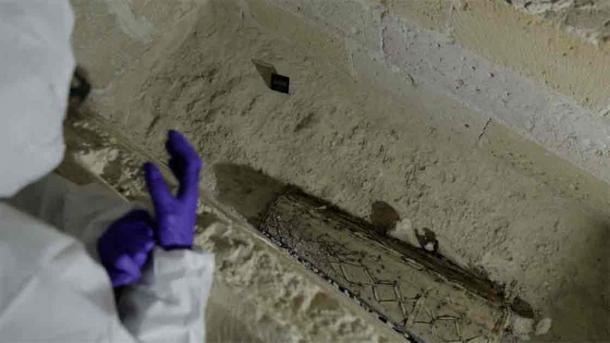
The remains found were in excellent states of preservation. (Department of Culture of the Generalitat of Catalonia)
The Royal Monastery of Santes Creus: From Cistercian Abbey to Familial Mausoleum
The Royal Monastery of Santes Creus, a 12th-century Cistercian abbey situated in the Catalan province of Tarragona, Spain, holds immense historical and architectural significance. Its origins trace back to approximately 1160 when the Montcada and Cervelló lineages, supported by Count Ramon Berenguer IV, donated land to a group of monks from the French abbey of the Grand Selva. The intention was for the monastery to also serve as a familial mausoleum, reports National Geographic History.
Nestled along the banks of the Gaià river amidst lush surroundings, the monastery thrived due to its ample water supply, expansive land, and picturesque setting. It evolved around an existing church, eventually becoming one of the most prominent and influential establishments in the Crown of Aragon until its abandonment in 1835.
Throughout the 13th and 14th centuries, Santes Creus became the final resting place for various nobles, a decision sanctioned by King James II “the Just” and his consort Blanche of Anjou, as mentioned above. It would end up housing individuals who held significant roles in feudal society during the medieval era.
Around 1774, the Royal Monastery of Santes Creus saw the commencement of definitive constructions, particularly around the chapel of the Holy Trinity. The architectural plan followed the typical layout of Cistercian monasteries, reflecting the austere style synonymous with the prevailing order.
During this initial phase of construction, several key structures were erected, including a cloister, the church, the sacristy, a chapter room, and the parlor. Above these spaces, the monks’ living quarters were completed as early as the 13th century.

The royal remains were predominantly found the north gallery of the monastery’s Gothic cloister. (Department of Culture of the Generalitat of Catalonia)
In 1313, a new cloister project commenced, deviating from the traditional Cistercian style by incorporating abundant decorative elements more reminiscent of the Gothic style prevalent in the Crown of Aragon. Subsequent periods witnessed further modifications and additions to this medieval masterpiece, blending styles from different epochs – including the Romanesque façade juxtaposed with Gothic stained glass, defensive structures dating back to the late 14th century, and beautifully crafted altarpieces from the 17th century that adorn the interior.
Following its abandonment in 1835, the monastery underwent restoration efforts and was declared a national monument in 1921, subsequently falling under the ownership of the Generalitat de Catalunya.
During the same period in Catalonia, three Cistercian monasteries held great significance: Poblet, Vallbona de les Monges, and Santes Creus. Situated in close proximity to each other, they form a triangle known as the Cistercian Route.
The Cistercian Order, originating in France, is a contemplative religious order within the Roman Catholic Church known for its commitment to austerity. This austerity is reflected not only in the monks’ way of life but also in their architectural endeavors, which aimed to harmonize with the natural environment while fulfilling practical needs.
Among these monasteries, Santes Creus holds the distinction of being the oldest. Its initial construction phase embodies the minimalist architectural style typical of early Cistercian establishments. Sculptural and decorative elements take a backseat to functional design, reflecting the order’s emphasis on simplicity and practicality.
